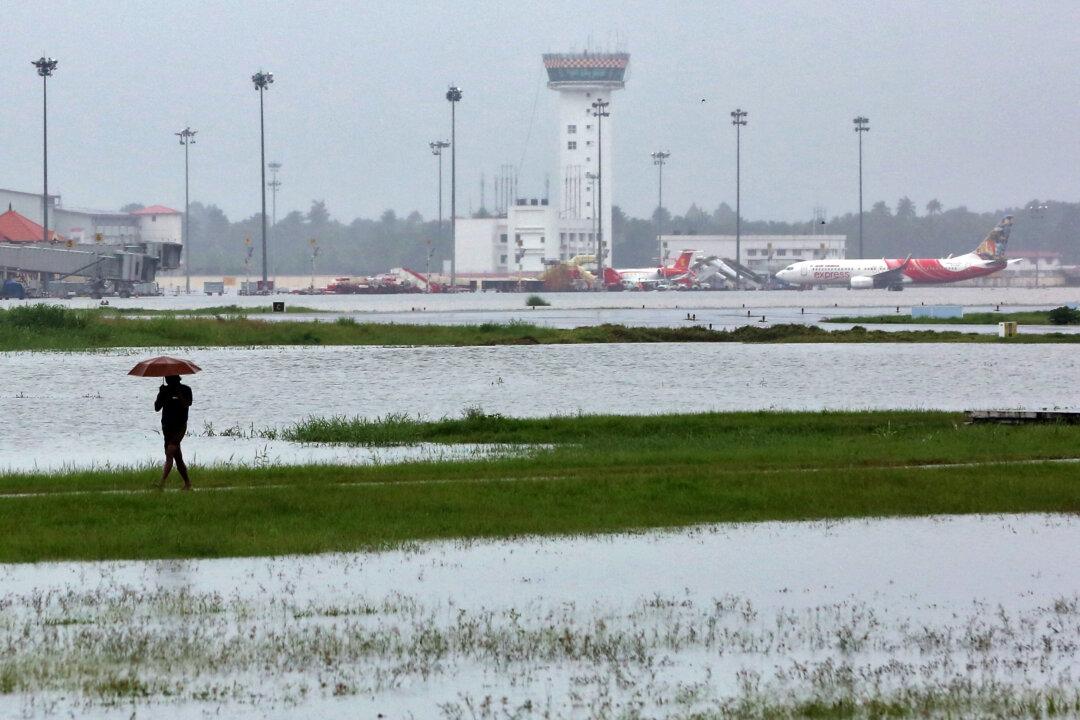NEW DELHI/ALAPPUZHA, India—More than a week after the flood water began subsiding, animal carcasses are still floating in Kerala’s backwaters, and in places, a nauseating stench rises like a wall when the wake of a passing boat breaks the surface.
While these inland lagoons that run parallel to the coast are one of the biggest tourist draws in India’s most southwesterly state, the stain of death and devastation wrought by Kerala’s worst flooding in a century will take longer than a season to wash away.





